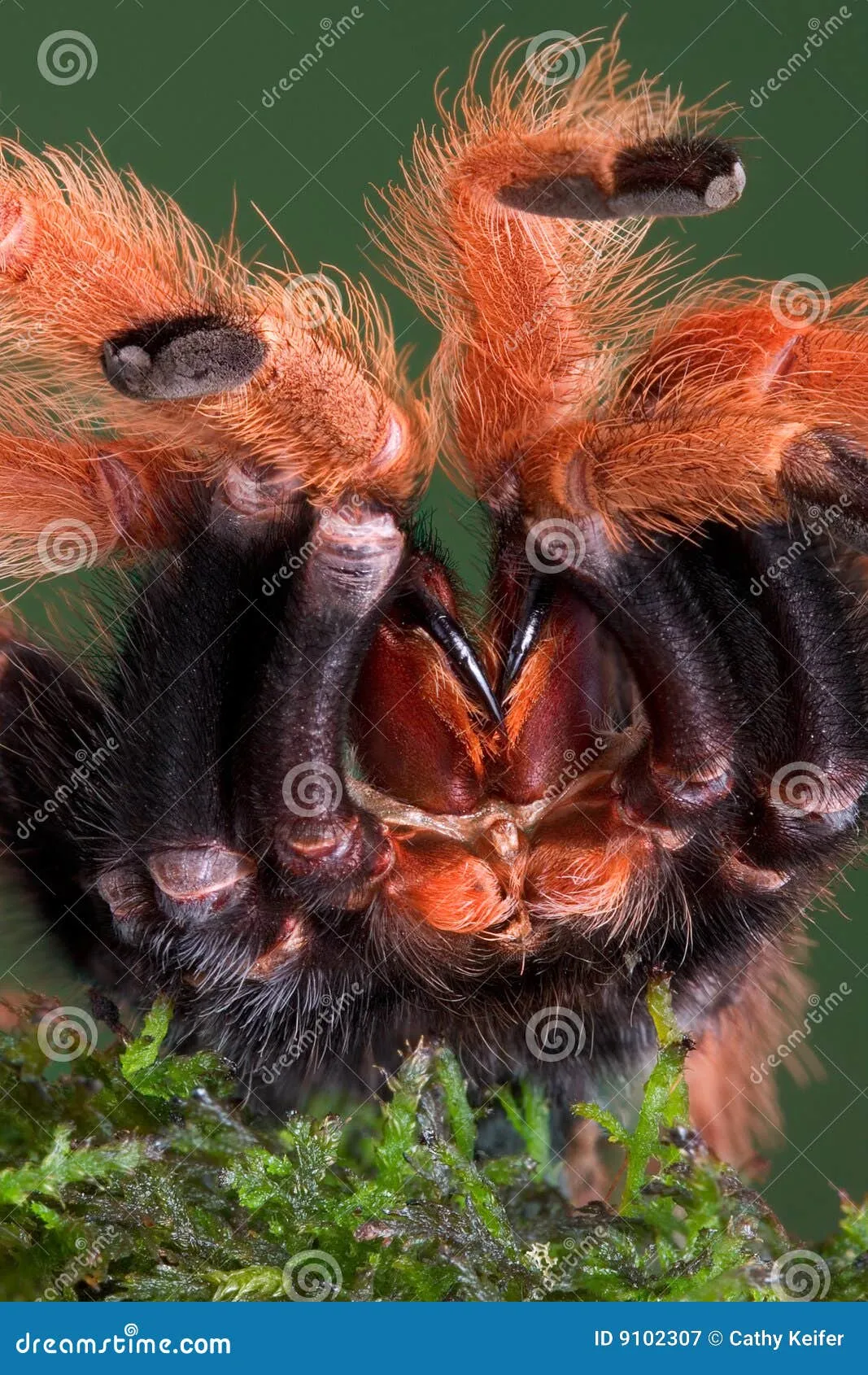What are Redknee Tarantula Fangs
The redknee tarantula (Brachypelma hamorii), a popular pet due to its docile nature and striking coloration, possesses fangs that are critical to its survival. These fangs are not merely for show; they are essential tools used for both predation and defense. Understanding the function and structure of these fangs offers valuable insight into the life of this fascinating arachnid. This article will explore the intricacies of redknee tarantula fangs, providing facts and dispelling common myths associated with them. From their anatomy and use to their growth and potential dangers, this guide provides a comprehensive look at these impressive structures.
The Anatomy of a Redknee Tarantula Fang
The fangs of a redknee tarantula are formidable structures located on the chelicerae, the two mouthparts located just in front of the spider’s mouth. These appendages are not the same as a spider’s pedipalps, which are smaller and used for sensory purposes and handling prey. The chelicerae are robust, with each chelicera housing one fang. The structure is designed for both piercing and injecting venom, essential for the spider’s survival in the wild and at home.
Size and Shape
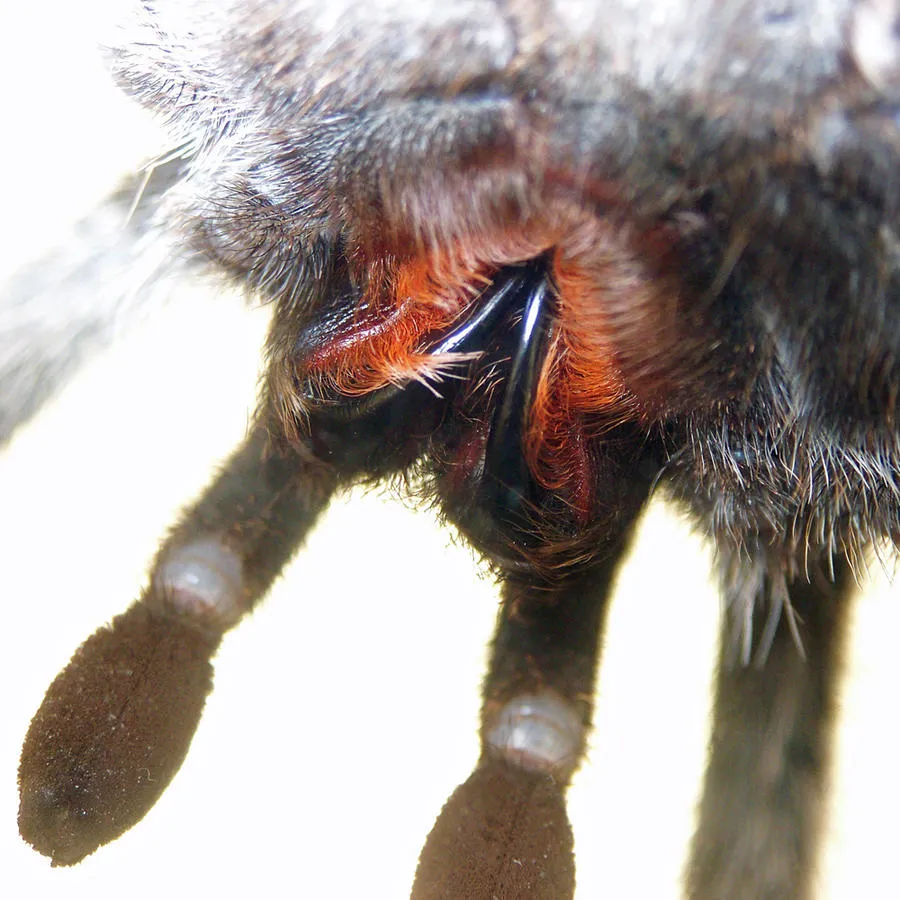
The size and shape of a redknee tarantula’s fangs vary depending on the spider’s age and size. Mature adults typically have fangs that can be up to 1 inch long, although this can vary. The fangs are curved, which is an adaptation that aids in piercing and grasping prey. The shape is critical, allowing them to effectively impale and hold their meal, ensuring that venom can be delivered efficiently.
Composition
The fangs are made of chitin, the same material that makes up the exoskeleton of the tarantula. This material is incredibly strong and durable, able to withstand the pressures of puncturing the exoskeletons of insects and other prey. The fangs are also covered in tiny barbs or serrations, which help to grip the prey and prevent it from escaping. This composition is crucial for the fang’s effectiveness in both hunting and defending the tarantula.
Function of Redknee Tarantula Fangs
Redknee tarantula fangs serve two primary functions predation and defense. The intricate design and structure of the fangs make them perfect for both roles, ensuring the tarantula’s survival in various situations. The ability to quickly subdue prey and ward off potential threats is paramount for any tarantula.
Fang Use for Predation
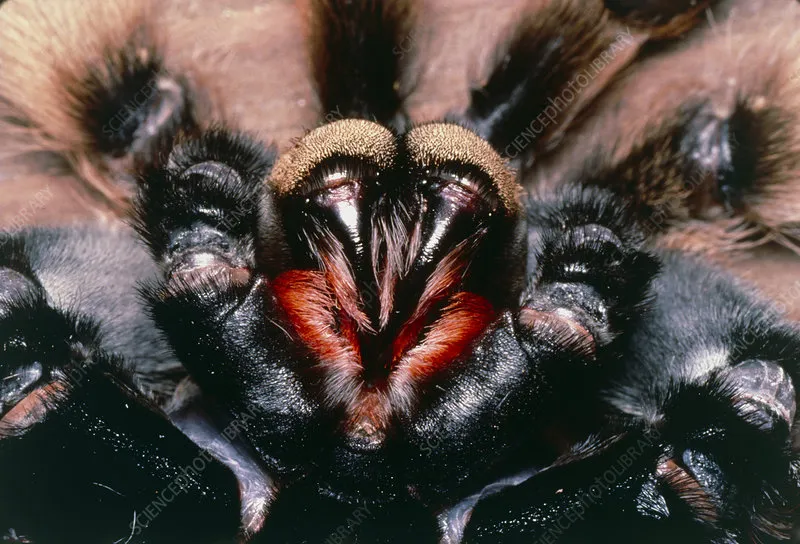
When a redknee tarantula hunts, it uses its fangs to pierce the exoskeleton of its prey. The fangs are designed to easily penetrate the hard outer shells of insects and other invertebrates. Once the fangs are embedded, the spider can inject venom, which immobilizes and begins to break down the prey’s tissues. This process allows the tarantula to effectively consume its meal. The precision and efficiency of this hunting method are critical to the spider’s success.
Fang Use for Defense
The fangs of a redknee tarantula are also a primary defense mechanism. If threatened, the tarantula will rear up and display its fangs, a clear warning to potential predators. While a bite from a redknee tarantula is not usually lethal to humans, it can be painful and cause localized symptoms such as pain, swelling, and redness. The spider’s ability to use its fangs for defense is a key factor in its survival, deterring many threats.
Venom Delivery
Venom is delivered through tiny ducts within the fangs. When the tarantula bites, the venom is injected directly into the prey or the potential threat. The venom contains a mix of toxins that have a paralyzing effect, making it easier for the tarantula to subdue its prey or defend itself. The composition of the venom is complex, designed to quickly incapacitate and begin breaking down the tissues of the target.
Fang Size and Prey
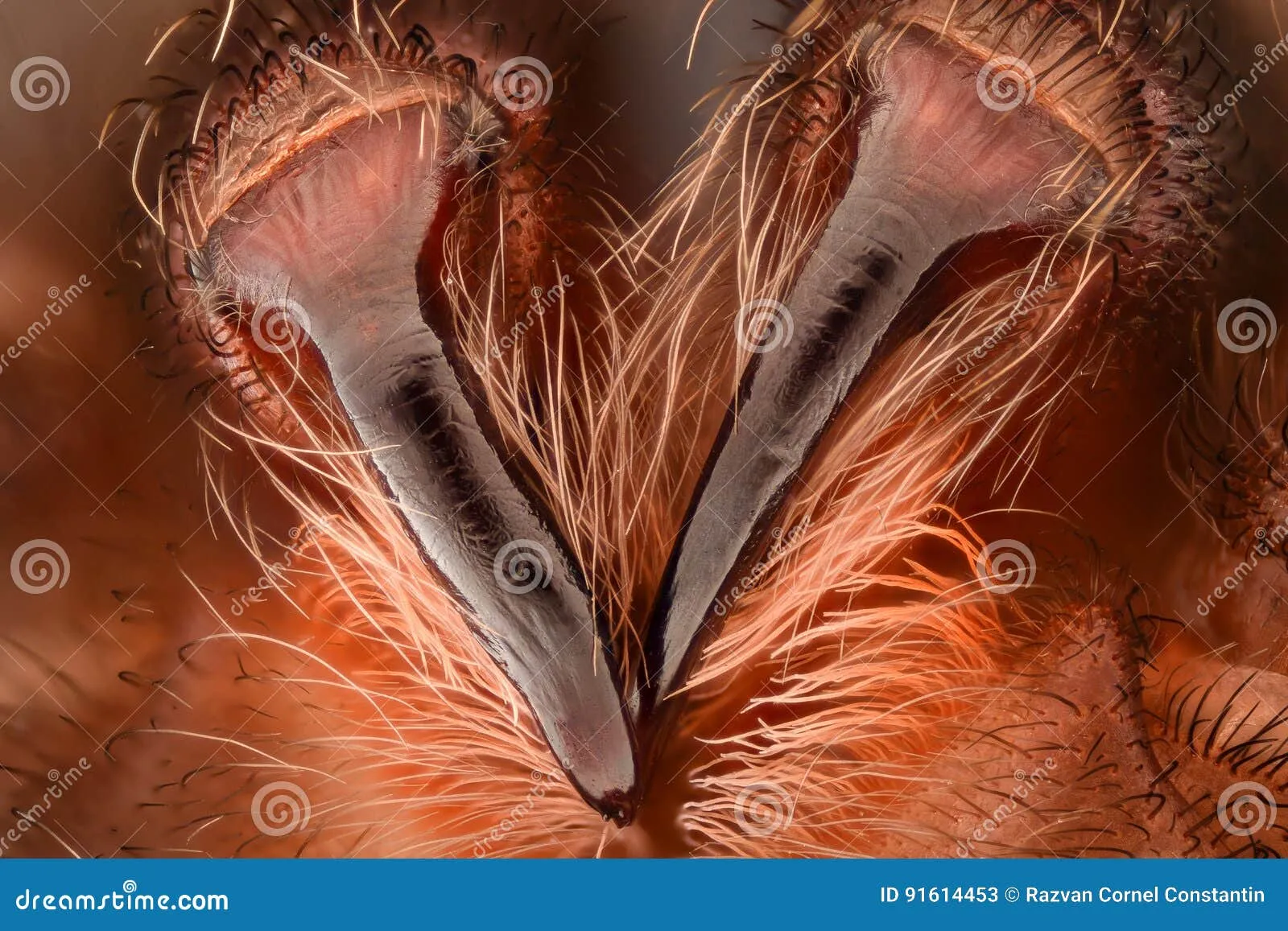
The size of the fangs correlates with the size of the prey. Younger tarantulas, with smaller fangs, typically feed on smaller insects like pinhead crickets. As the tarantula grows, so do its fangs, enabling it to take down larger prey such as adult crickets, roaches, and even small vertebrates. This adaptability in prey size ensures the tarantula can successfully hunt throughout its lifespan. The fang size dictates what the tarantula can effectively hunt.
Growth and Replacement of Redknee Tarantula Fangs
Like all parts of the tarantula’s exoskeleton, the fangs are shed and replaced during the molting process. This ensures that the tarantula always has sharp, functional fangs. The molting process is a critical part of the tarantula’s growth and survival.
Molting Process
Molting is the process where the tarantula sheds its old exoskeleton to grow. During this process, the tarantula creates a new exoskeleton underneath the old one. Once the new exoskeleton is ready, the tarantula splits its old exoskeleton and emerges. This is a vulnerable time for the spider, as its new exoskeleton is soft and delicate. The molting process can take several hours, and during this time, the tarantula is defenseless. The new fangs are fully formed within the new exoskeleton.
Fang Regeneration
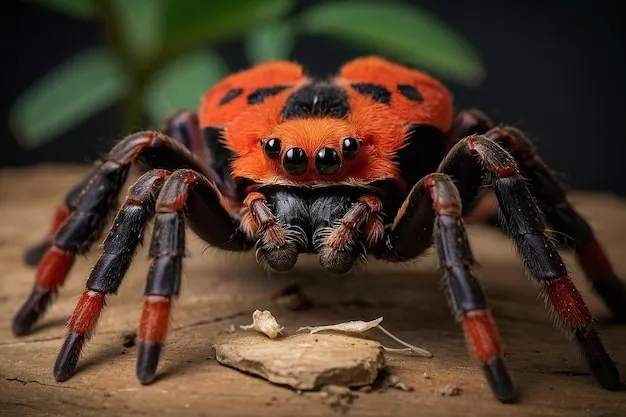
If a tarantula loses a fang during a molt, a new one will regenerate. The new fang is a complete replacement, ensuring that the tarantula retains its ability to hunt and defend itself. This regeneration capability is an essential adaptation that ensures the tarantula’s survival. Each molt replaces the fangs along with the exoskeleton.
Caring for Redknee Tarantulas and Fang Safety
Handling a redknee tarantula requires care and caution, especially concerning its fangs. Understanding the potential risks and taking necessary precautions is essential for responsible pet ownership.
Handling Precautions
When handling a redknee tarantula, avoid sudden movements that might startle the spider. Always approach the tarantula calmly and gently. Avoid touching the spider directly, as this can be perceived as a threat. If you need to move the tarantula, encourage it to walk onto your hand rather than picking it up. If bitten, wash the area thoroughly with soap and water, and seek medical attention if the symptoms worsen.
Enclosure Safety
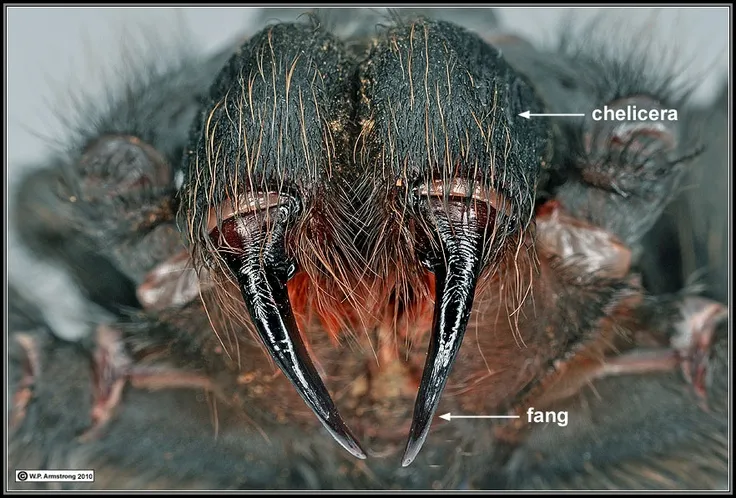
Ensure the tarantula’s enclosure is secure to prevent escapes. A secure enclosure reduces the risk of accidental contact with the tarantula’s fangs. The enclosure should have a secure lid and appropriate substrate to prevent the tarantula from climbing and escaping. Avoid placing the enclosure in areas where children or pets can easily access it. Regular cleaning of the enclosure is essential for the spider’s health and safety, reducing the need for handling.
Common Myths About Redknee Tarantula Fangs
There are several myths and misconceptions about redknee tarantula fangs. It is essential to distinguish fact from fiction for a better understanding of these creatures and to ensure responsible pet ownership.
Myth 1 Misconceptions
One common myth is that all tarantula bites are deadly to humans. While a redknee tarantula can bite and inject venom, the bite is not generally life-threatening to humans. The venom is primarily designed to immobilize prey. However, a bite can be painful and cause localized symptoms such as swelling, redness, and pain at the bite site. Always treat the bite seriously, and seek medical assistance if any adverse reactions develop. The level of venom varies from species to species and the amount injected may also vary.
Myth 2 Incorrect Beliefs
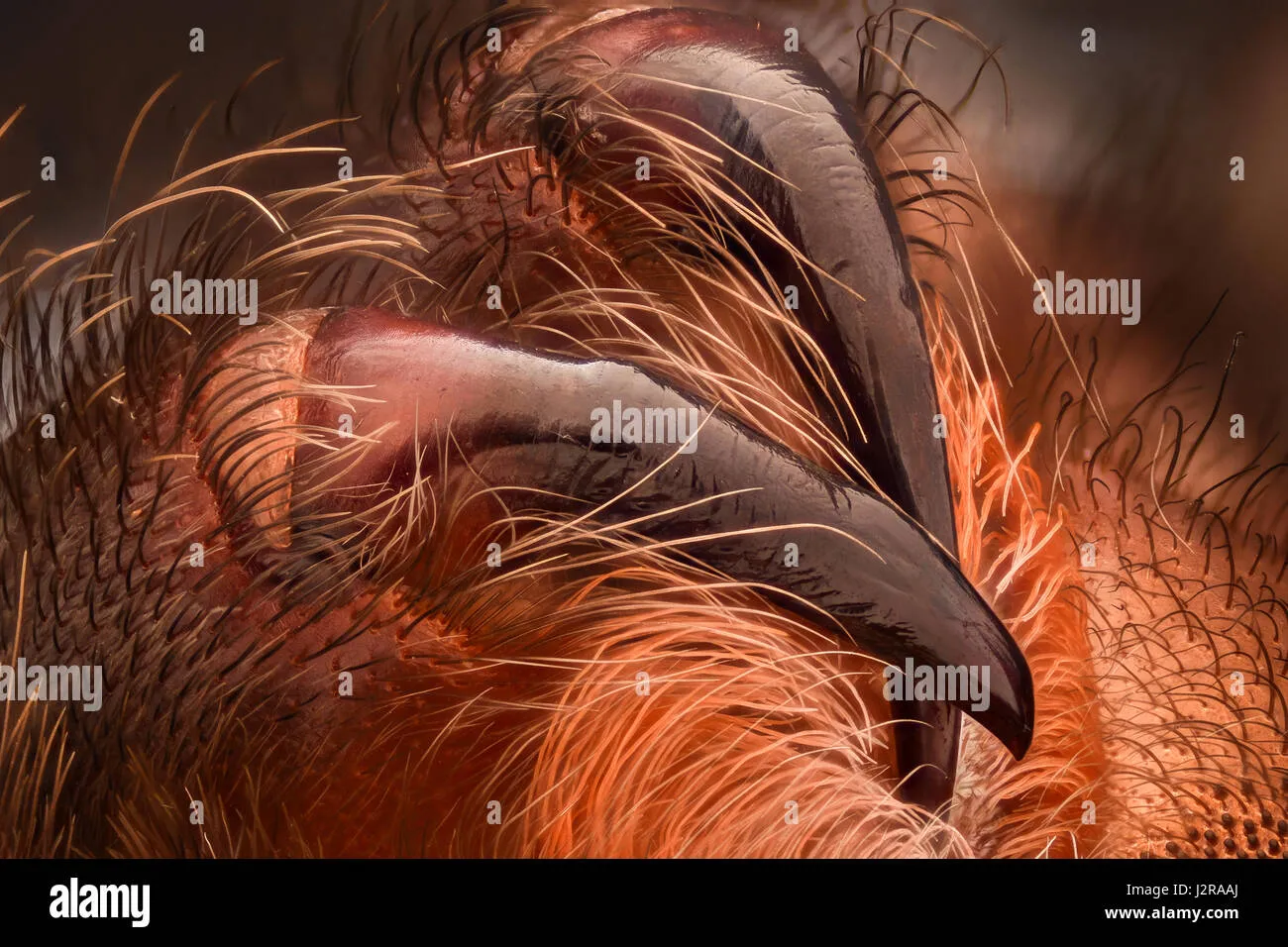
Another misconception is that redknee tarantulas are highly aggressive and likely to bite. In reality, redknee tarantulas are known for their docile nature. They are generally reluctant to bite unless provoked. Their primary defense mechanism is to flick urticating hairs from their abdomen. Understanding this behavior is crucial for responsible pet ownership. Correct handling, and understanding tarantula behavior minimizes the risk of bites.
Conclusion
Redknee tarantula fangs are fascinating and essential tools, critical for survival. Understanding their anatomy, function, and the associated safety precautions enhances the appreciation of these unique creatures. Dispelling common myths and focusing on responsible care practices contributes to a better understanding and safety for both the pet owner and the tarantula. By educating ourselves about the intricacies of redknee tarantula fangs, we can better appreciate these amazing arachnids and ensure their well-being in captivity.
